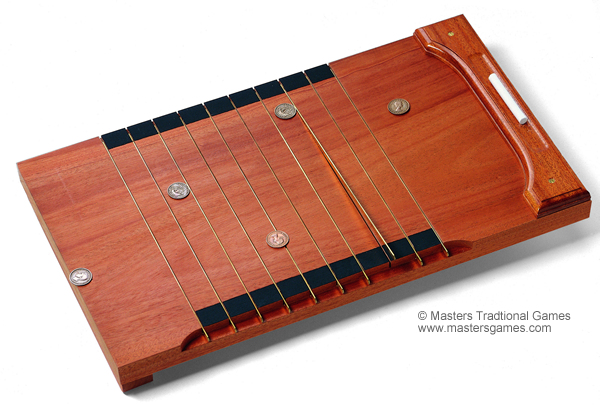PaulO
Established Member
I am hoping to make a shove ha'penny board for a friend, similar to this

The brass bed markers are hinged and sit in thin slots about 1mm wide. My question is how to cut those thin slots. I haven't found a blade that thin for a table saw, and a router bit that thin wouldn't be deep enough. I am thinking of clamping a hacksaw blade between two pieces of hardwood, as I think my tenon saw kerf is also too wide.
Does anybody have any other suggestions?

The brass bed markers are hinged and sit in thin slots about 1mm wide. My question is how to cut those thin slots. I haven't found a blade that thin for a table saw, and a router bit that thin wouldn't be deep enough. I am thinking of clamping a hacksaw blade between two pieces of hardwood, as I think my tenon saw kerf is also too wide.
Does anybody have any other suggestions?




